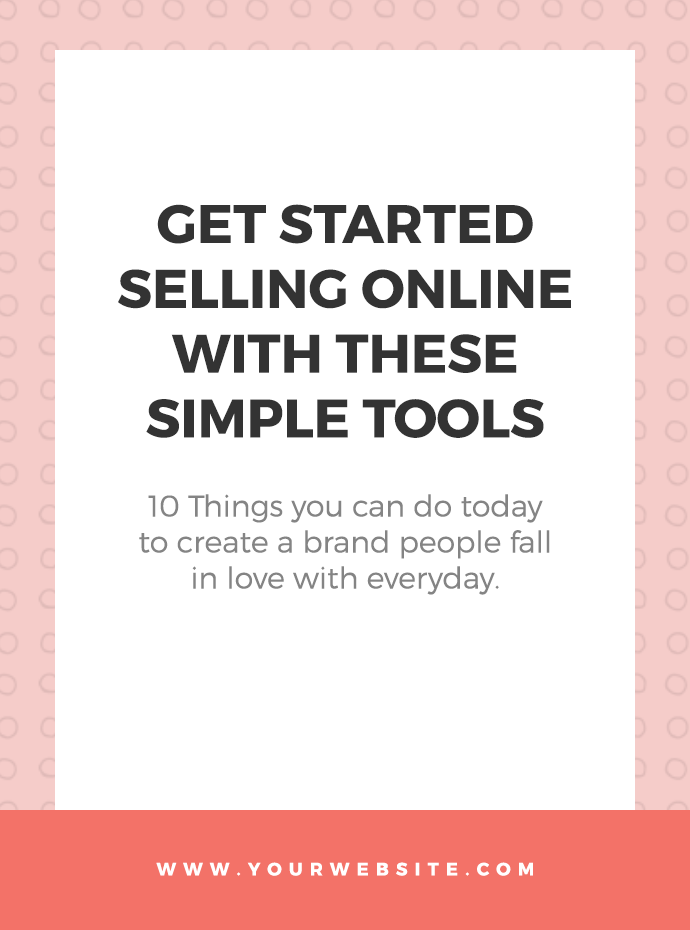Take a minute and try to think of one thing that you know absolutely everybody likes. What came to mind?
It’s hard to think of something that’s universally loved by all, right? We all like what we like and need different things at different times. Our buying choices are motivated by our personal thoughts and preferences. Keyword, “personal.”
Your business works the same way. It’s not a “one size fits all” solution, and there’s no such thing as wanting to target market of “all customers.” There are certain customers who will adore your product and share it with all of their friends. Others, not so much. They simply don’t see the value in what you’re selling. And that’s okay. Not everyone is your customer. It’s for this very reason that it’s so important to identify your ideal customer.
Identify your ideal customer
Knowing who your ideal customer is changes everything – your product offering, how you market, pricing, branding, potential partnerships, and more.
Defining your ideal customer can feel like you are excluding other customers who might buy from you. However, focusing on the right people brings clarity to your marketing efforts which ultimately leads to a more profitable business.
Ramit Sethi said it best: “Algorithms change. Tactics change. But the fundamentals of learning what people want, seeing exactly where you can help them, and then telling the right people about it (emphasis mine) are classic strategies that worked 1,000 years ago and will work 1,000 years from now.”
9 questions you need to ask
Let’s get to know the right people who will benefit from and pay for your products. Here are nine must answer questions to ask in the process of defining your ideal customer.
1. Where do they hang out? Think of physical and digital spaces. The more specific, the better. “Active on Facebook” is too broad. “Active in an InstaPot Lovers Facebook group” is more precise and actionable.
2. Where do they get their information? Google? Industry specific blogs? Books? Magazines? Twitter? In an ideal world with unlimited resources, your business would be active on every single platform. But since you’re not Target or Wal-Mart, you have to be strategic and budget conscious about where to target your ideal customers.
3. What are their challenges and frustrations? Empathy is your golden ticket. Remember it’s about meeting your customers where they are in that moment. By knowing what it’s like to walk in your customer’s shoes, you’ll be able to create great products that address their specific pain points and solve problems.
4. What are their goals and priorities right now? Knowing this helps you paint a picture of what life could be like after using your products and services. When you achieve product/market fit, it becomes much easier to write relevant content for your blog, website, and other touchpoints in the customer journey.
5. What brands do they like? Make a list of the brands your ideal customer likes, both in general and within your space. Is your ideal customer more TJ Maxx or Ross? Target or Walmart? Knowing this can give you inspiration on how to better connect with your audience.
6. What is their preferred form of communication? Do they tweet? Text? Chat? Email? Or prefer physical mail? Where does your audience want you to communicate with them? For example, some brands use Snapchat to communicate with teenagers. Why? Because teenagers aren’t burning their online time checking Facebook anymore. The core principle is to communicate with your customers in their preferred environment.
7. What catch phrases or slang do they use? Robert Collier said it best: “Always enter the conversation already taking place in the customer’s mind.”
Your job is to listen and take notes and later use their language to generate website copy and blog posts.
People are naturally drawn to other’s who speak their language, laugh at their jokes, or have the same beliefs. It provides a feeling of inclusion that creates customer loyalty.
8. What is their budget? Pricing can be tricky. Price too low and you’re instantly known as the “cheap store”. Price too high and no one will buy.
9. What makes them happy? Don’t treat customers like a simple transaction. The customer journey is more than swiping a credit card. People want to interact with brands that make them feel good about themselves and excited about their purchase.
I like to include freebies in most orders. Nothing big but enough to put a smile on their face. I’m also a sucker for handwritten notes and free shipping deals.
Inserting happiness into specific customer touchpoints can create a deeper level of emotional connection that grows loyal and raving fans for the long-term.



